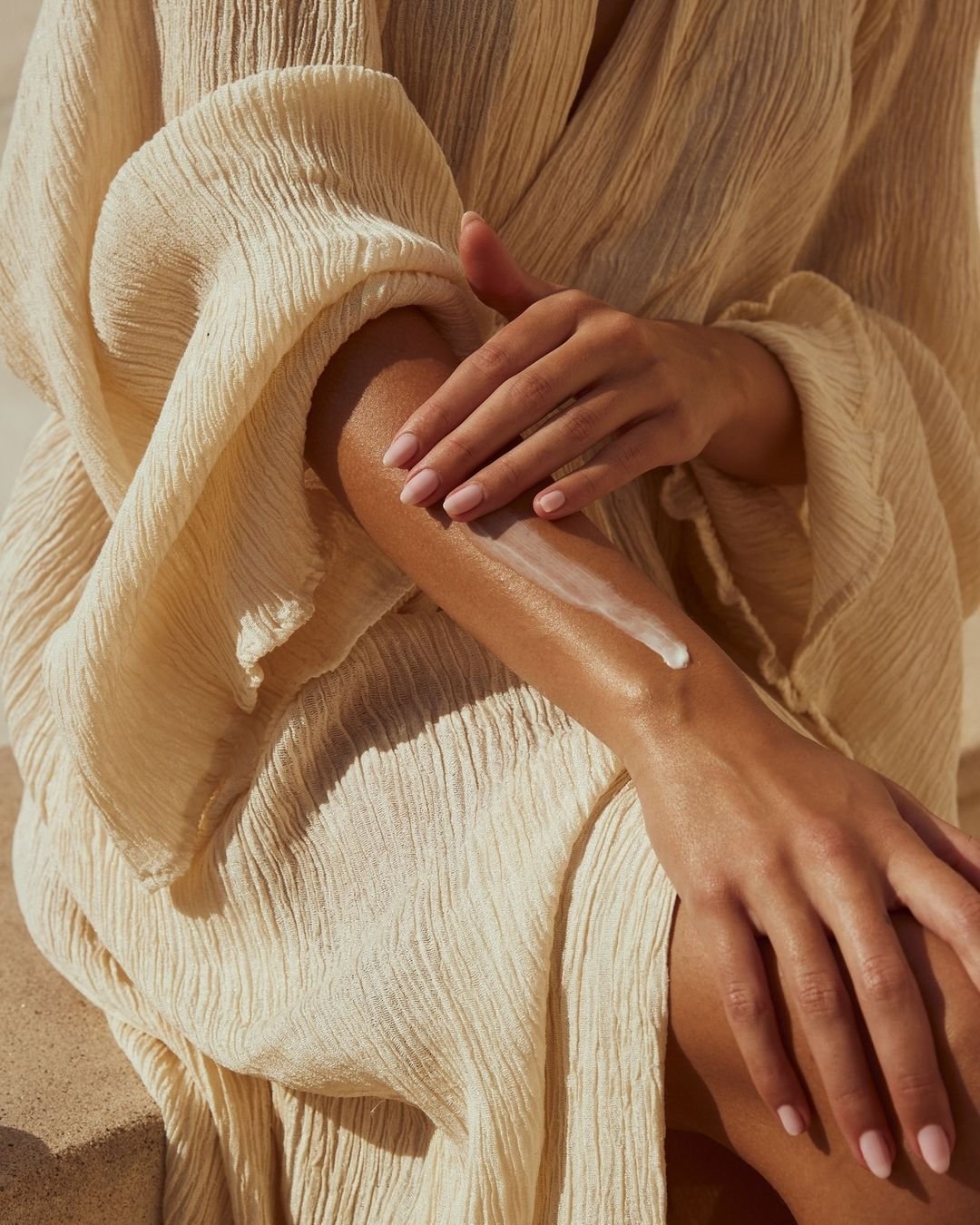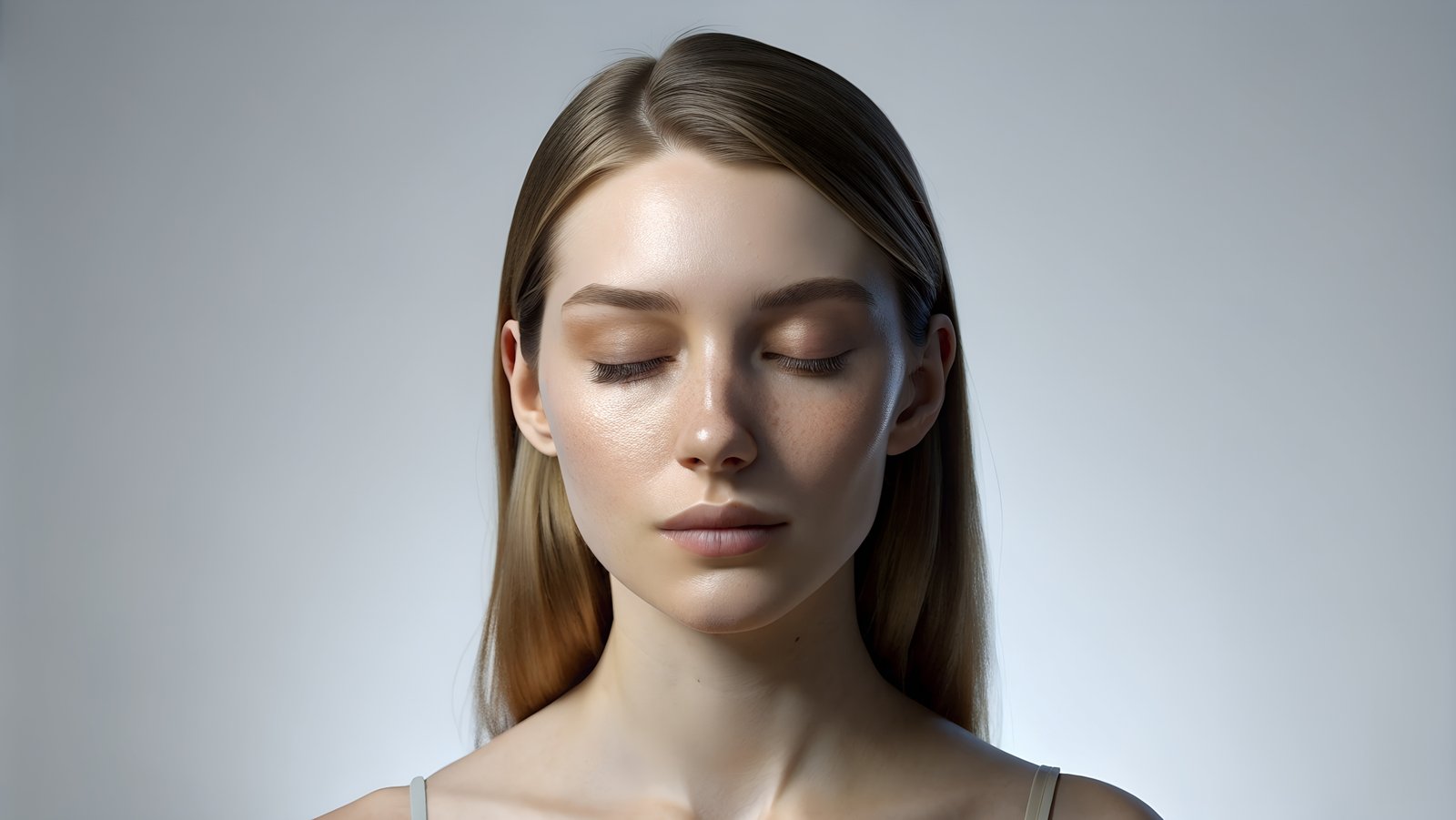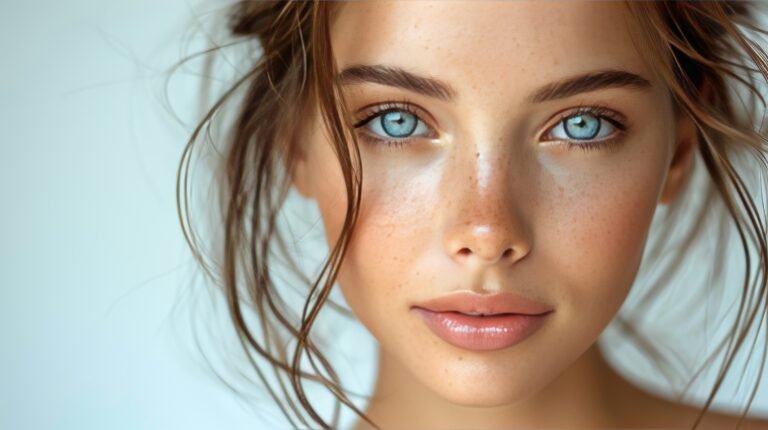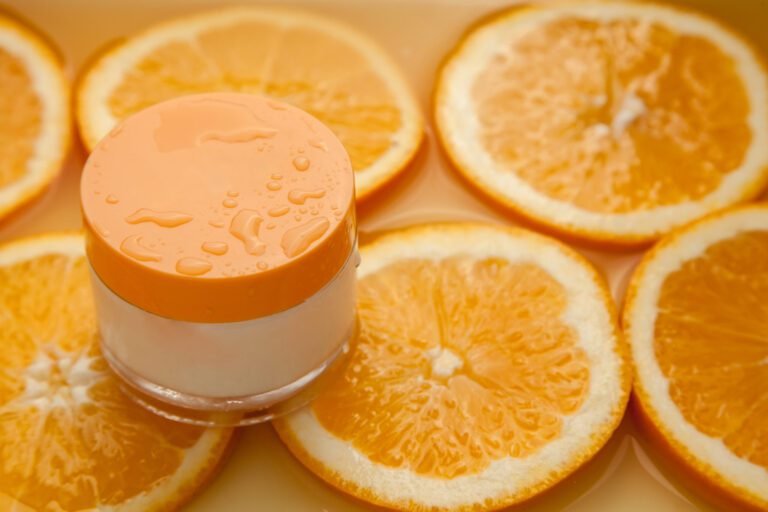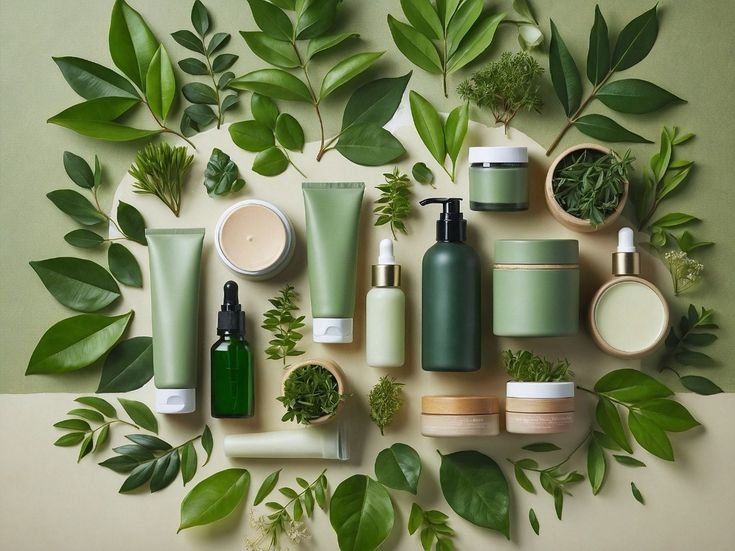When it comes to sunless tanning, most products rely on DHA (Dihydroxyacetone), while others blend DHA with Erythrulose. But which one works better? The truth is, there’s no single answer—it depends on your skin, your goals, and the type of results you prefer. Let’s break it down.
How Do DHA and Erythrulose Work?
Both DHA and Erythrulose are sugar-derived tanning agents. They react with amino acids in the dead skin cells on the skin’s surface, creating a brown tone through the Maillard Reaction—the same process that browns bread in a toaster or darkens a cut apple.
- They are not stains or dyes—the tan comes from a surface chemical reaction.
- They do not affect melanin production like natural tanning.
- They work without UV exposure, making them safer than sun or tanning beds.
Ingredient Origins
- DHA (Dihydroxyacetone): A simple 3-carbon sugar found naturally in sugar cane and sugar beets. Also produced synthetically for cosmetic use.
- Erythrulose: A ketone sugar naturally present in raspberries, often synthesized for cosmetic stability.
Development Speed and Color
- DHA: Produces darker results that peak within 12–24 hours.
- Erythrulose: Creates a lighter tone that develops more slowly, usually 48–72 hours.
When combined, Erythrulose balances DHA’s quick development, giving a longer-lasting, more even, and natural-looking tan.
📖 EU SCCS Opinion on DHA Safety
Why Combine DHA and Erythrulose?
Formulators increasingly use both because of their synergistic benefits:
- Extended wear time—tans last up to 3–5 days longer in some users.
- Improved application with fewer streaks.
- Lower irritation risk by using lower DHA percentages while maintaining depth.
- A more balanced tone that continues to deepen beyond the first 24 hours.
📖 PubMed: DHA in Cosmetic Dermatology
Individual Skin Reactions
Not everyone reacts the same way:
- Some users notice smoother fading with blends.
- Skin types I–II (fair, sensitive) may develop yellowish undertones with Erythrulose.
- Others find Erythrulose adds red or golden hues.
- Sensitivity to DHA usually means sensitivity to Erythrulose too, although exceptions exist.
Safety and Skin Benefits
- Both ingredients are considered safe when used as directed.
- Neither provides UV protection—sunscreen is still essential.
- Some find Erythrulose feels less drying, likely due to its slower action and lower concentration in formulas.
📖 Journal of the American Academy of Dermatology: Sugar-Based Tanning Agents
Final Thoughts: Should You Try a Blend?
Neither DHA nor Erythrulose is objectively better. Instead, they complement each other, allowing for:
- Richer, more natural-looking tans.
- Slower fading and smoother results.
- Less streaking and longer-lasting depth.
If you’ve only tried DHA-based tanners, consider testing a blend. Many people love the added depth, balance, and longevity it brings to their tan.
Formulator’s Pick
Discover Dihydroxyacetone (DHA) by Grand Ingredients — a high-purity, formulation-ready active designed for consistent, stable, and natural self-tanning products.

